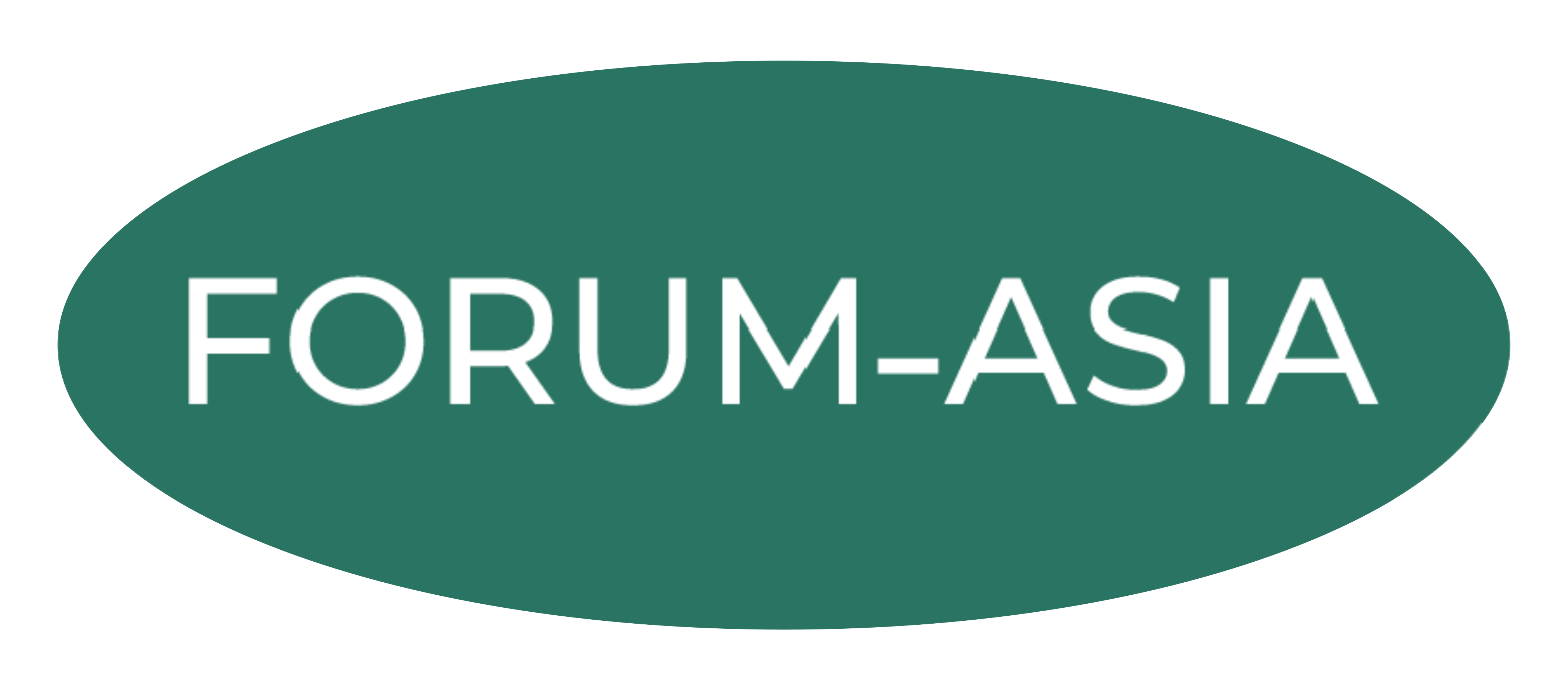Women in media: Balance the imbalance!
Today, on International Women’s Day 2020, we want to call upon all media leaders and journalists around the globe to take action against the skewed balance and representation of gender in the news – both in terms of numbers and in portrayal. A balanced presence of women and men in news and current affairs would to a higher degree reflect the composition of society and showcase a greater variety of human experiences, views and concerns. However, statistics show that media is far from balanced:
- A majority of media content portrays women in stereotypical roles such as homemakers, models or victims.[1]
- Women are more likely than men to be referred to in terms of superficial attributes such as appearance, age, clothes and marital status. Men, on the other hand, are more likely to be portrayed as powerful public figures, with the media focusing on profession, skills and opinions. This perpetuates a limiting and unequal perception of gender.[2]
- Only 4% of all newspapers, radio and TV reports worldwide challenge gender stereotypes.[3]
- Only 24% of news subjects – the people who are interviewed, or whom the news is about – are female.[4]
- Women are used as experts only 19 % of the time.[5]
- In 16 % of news that relates to politics and government, women are the subject of the stories.[6]
The numbers are not only indicative of the media sector’s gender inequality challenges but is also a serious impediment to media development and democracy. A functioning democracy requires gender equality and the media need to do much better to contribute to this goal.
Media have the power and responsibility to challenge stereotypes in content production and together we need to set an example for current and future generations. That is why today we ask you, as part of a media organisation, to:
- Engage in gender media monitoring to keep track of who is represented in your content and in what capacity
- Create your database of women experts on various topics — or make use of existing ones
- Revise your editorial guidelines to make sure that a gender perspective is included
- Conduct a gender audit of your internal work to make sure that you have a diverse workforce and identify the gender gaps in your organisation — a diverse workforce is more likely to produce pluralistic content.
The undersigned organisations stand ready to support in such efforts:

[1] See for example, Vandenberghe, H. (2019) Representation of Women in the News: Balancing between Career and Family life. Media and communication 7(1).
[2] Ibid
[3] Who Makes the News. Global Media Monitoring Project 2015.
[4] Ibid
[5] Ibid
[6] Ibid
***
For a PDF version of this statement, click here


